Anatomy of an Era: Darin Erstad, Part 2
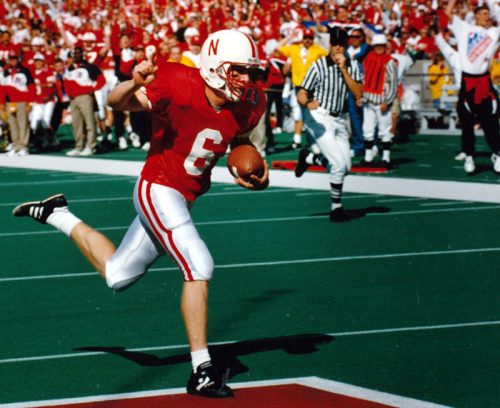
Excerpted from Chapter 79, No Place Like Nebraska: Anatomy of an Era, Vol. 2 by Paul Koch
Anatomy of an Era: Darin Erstad, Part 2
Q: Any fond memories of Coaches Charlie McBride or Kevin Steele? Any good yarns or occasions come to mind when you think of those guys?
DE: When I think of Coach McBride -outside looking in- you could just see how much his players loved him and the bond they had. It wasn’t said, but you could just tell. You just felt they were so close. They respected him like he was their father. Coach Steele, he was pretty intense, you know. I had a home game where I had kicked a couple of terrible kickoffs -knuckled the ball down there- and he came at me like, “If you don’t kick the next one into the end zone, I’m gonna get you.” And I knuckled it down there again, and they had to hold him back. (laughs) He was just trying to get me going, and I loved it. I absolutely loved that.
In fact, the intensity: you just fed off of that. It’s infectious -just as a bad seed can be as infectious and bring a lot of people down- it’s the opposite when you have good seeds, you know? I’m a firm believer in the ‘trickle down theory’. When it starts at the top, when you have coaches who have character at every position and the type of belief they have in the program, that just trickles down to the seniors and all the way down to the walk-ons. I don’t know, but that’s a recipe for success.
Q: When growing up, who was your favorite college football team?
DE: I didn’t really have one. My dad went to North Dakota State so I was a fan of them. They were a national powerhouse with a couple national titles. I didn’t follow college football too much, though.
I was actually a Seattle Seahawks fan for some reason. Steve Largent and Jim Zorn were on a Monday Night Football game at that time, and those were pretty much the only games we really got, so I think I just had a connection with them and I liked them. But I didn’t watch a whole lot of football. I’d watch the Vikings, but I wouldn’t say I was a Vikings fan.
Q: Did you grow up in the country or in town?
DE: I grew up in town. We had about 15,000 people.
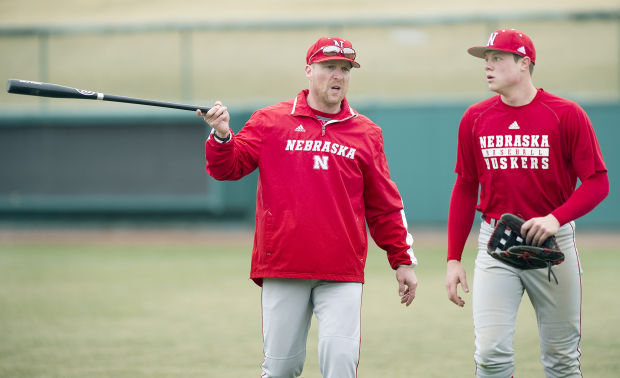
Q: Did you ever take part in the Unity Council stuff?
DE: I really spent more time with the baseball team, and they knew that I had a chance to be drafted relatively high that next year so they let me do the baseball thing a lot, too. So it was a good mix. I can’t really comment on the Unity Council because I didn’t see a whole lot of that and didn’t take too much part in that.
Q: So let me get this straight: you played the ’94 season and then into your next year, that spring of ’95?
DE: Yeah, that was my junior year, the spring of ’95, my last year of baseball.
Q: You got drafted that spring, right?
DE: Yes.
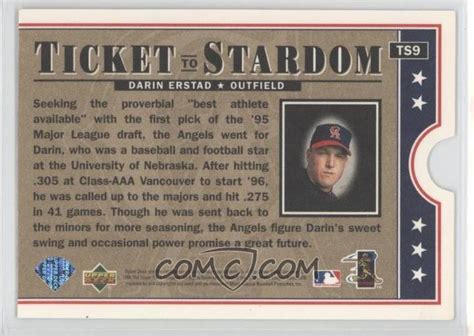
Q: You didn’t go to Vancouver right away, did you?
DE: No, I took a couple months to sign. I ended up signing late July and I went to Rookie Ball in Arizona for ten days where they wanted me to get some swings in and get in shape. And then I went to Lake Elsinore, California in High A ball. I played about twenty-five games with them, made the playoffs, played in the playoffs and went to the Arizona Fall League after that season was over. And then the following year, the next year, I was in Vancouver.
Q: I was watching the Winter Olympics in Vancouver the other night and it made me think of you. Wasn’t that Nat Bailey Stadium where we ran into each other?
DE: Nat Bailey Stadium, that’s right!
Q: That was a beautiful little peanut-stand of a ballpark, wasn’t it? (laughs)
DE: I loved that. I thought it was awesome. I loved that place.
Q: Any good friendships remain from those college days?
DE: The guys who pushed me the hardest: Tom Seiler, he’s probably the guy I keep in touch with the most. And Brenden Stai, being in Lincoln nowadays. He’s originally from Southern California, so when I played out there we’d see him a little bit. Then they moved back to Lincoln and we moved back to Lincoln, so we see them a lot. I’d see Adam Treu when we’d go to Oakland; when he played for the Raiders he’d come to our games. And Aaron Graham, I always seem to run into him in Nebraska.
But for the most part I’ve stayed more in touch with baseball guys than football guys. We still get together every once in a while and hang out. We’ll catch a game on the road. A few of us went to the conference championship football game last year.
Q: So Darin, do you recall the first game you actually played?
DE: Yeah, it was the Kickoff Classic in the Meadowlands versus West Virginia.
Q: Dude, that’s quite a coming out, huh?
DE: Yeah, it goes back again to where I had no clue: didn’t know what I was doing or where I was supposed to go. I had no idea. I had no idea; you get there and put your pads in your pants, didn’t know where we dressed at. I didn’t know the prayer before the game, didn’t know what time we went out for warm-ups. I just sat there and followed what everybody else was doing.
Q: Threw you into the fire, huh?
DE: Yeah, it worked out fine. We shut ’em out like 31 to nothing or something like that. It was good.
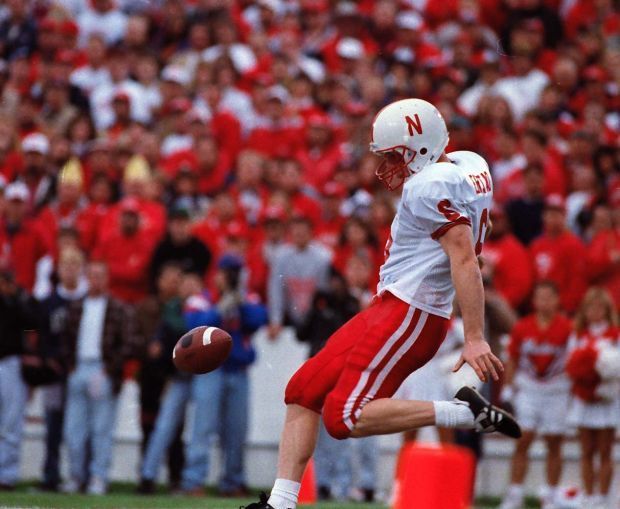
Q: Do you have a favorite game?
DE: The Orange Bowl was huge. I’d say the Orange Bowl and winning the national title was a pretty big deal. The home game we played Colorado at homecoming, it was 1 versus 2 and we put a pretty good whooping on them that game. That was a memorable game, too.
Q: You kicked field goals, also, right? Did you kick the short ones?
DE: No, I did the long ones. I kicked off and did the forty yards-and-out ones. I could kick it, I just didn’t know where it was going. (laughs) Seiler did all the other stuff. He’s a treat.
Q: I loved that guy. Quite the personality.
DE: Oh yeah, he was awesome.
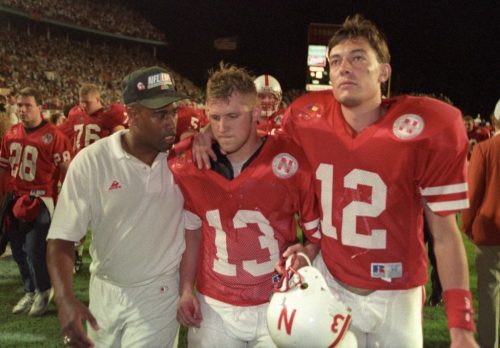
Q: Well, to finish up, from your perspective -and you’ve been around a lot of teams and a lot of situations what with pro baseball and World Series champs and all- what impression did that ’94 team leave on you?
DE: Well, all the successful teams I’ve been on? It starts at the top. And there’s an attitude that’s brought. Coach Osborne, he brought that mentality and all his coaches believed in him and they were all on the same page, and it trickled down to the players. It’s a carbon copy of what Mike Scioscia did with the Angels. We were kind of trying to find our way, had some trouble with the manager, and everybody wasn’t on the same page -he came in and took over from the absolute get-go and said, “We’re going to be a championship team. If you’re not on board with that just get out of here.” And everyone believed him and had a lot of respect for him and it just kind of trickled down. That’s been the main theme with the success of teams that I’ve been on that have been good: It starts from the top. When you have good leadership, good things happen. You have to have talent, obviously, but talented teams take it to a different level and do special things when everything comes into place. Osborne had his system, Scioscia had his system, and it’s the reason why they maintained such great success year after year.
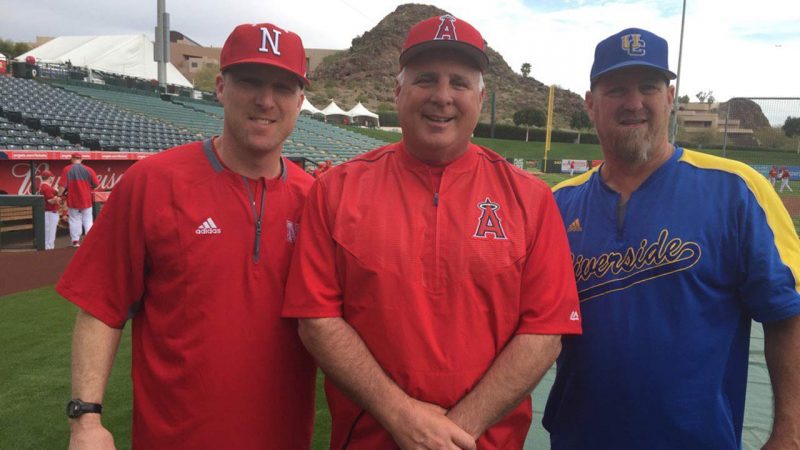
Darin Erstad, Mike Scoscia & Troy Percival
Q: So what’s the biggest lesson you’ve learned and hope to pass on to your kids?
DE: Well, the one I’ve lived by with Coach Osborne, ever since I’ve had the opportunity to meet him, is that you focus on the process and not the result. I used that one almost every single day of my career in baseball, because with baseball you can’t look at the big picture. If you start looking five months down the road in baseball it’s overwhelming all the things you have to do, playing every day in baseball. So you focus on each and every inch and keep ‘in the moment’ and the results will take care of themselves. That’s a huge one for me.
And the other one that I’ve lived by since I met Mike Scioscia, he said, “It takes all kinds.” What he meant was, “Not everybody is going to do it the way I would want to do it to get ready for a game.” Or “Everybody is going to get to the point where they get ready for a game the way they best can do it. Somebody might want to laugh and joke around to get ready, some might want to be serious.” But he said, “It takes all kinds.” And it never really clicked with me until I started watching. And when the bell rang everybody was there, they just took different paths to get there. And that’s the process, part of combining them together and getting to where you want to be. That was a big one: “It takes all kinds.”
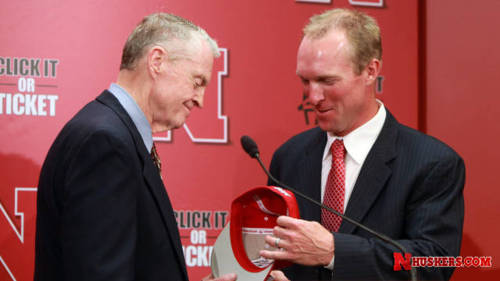
Q: That’s the epitome of a locker room atmosphere right there: It takes all kinds. (laughs)
DE: Yep. That’s exactly right.
End conversation.
The comment to first hit a home run with me was Darin’s, “You could tell from the second you got there; you could tell there were some boys on a mission, and they put in some serious hours that summer… There was such a confidence about the team and the way they went about their business. I was just in awe of them collectively having that much focus and that much energy put forth just to win that goal, win the whole thing.” In other words, this wasn’t just a group of talented players and wise old coaches who happened to find all the planets aligning for one Cinderella season. No, this was so much more. It was the result of their being “on a mission,” and as Brian Nunns mentioned earlier, “Never taking a vacation.” Focus and energy. If you focus enough friction on a singular spot, eventually it becomes a fire. That place was Lincoln’s Memorial Stadium turf, and these boys burnt with a passion that smoldered for years to follow.
Then you had his, “It takes all kinds.” Possibly the first, most surprising slap in the face that challenged my initial assumptions from the outset of this journey is the necessity of having “all kinds” on board. In retrospect, I too easily confused homogeneity of social demographics with singularity of purpose, of focus, of unified vision among a diverse team makeup. It’s an important distinction that should not be glossed over. Darin further drove this point home because the “it takes all kinds” axiom applies not only to college football greatness, but professional baseball as well, it seems. Perhaps the one difference between the two would be the greater propensity for the Latin American players in baseball, but then again Nebraska had its Canadian, its Australian, and even its native Trinidad, West Indies personality in the form of Coach Tony Samuel those years. As a matter of fact, the ’94 roster was made up of 162 people from 30 states and two countries, while the ’95 team comprised 178 players from 25 American states: 104 Nebraskans (58%), 1 Arizonan, 2 Arkansans, 10 Californians (5.6%), 3 Coloradans, 1 Connecticuter, 5 Floridians, 1 Georgian, 2 Illinoisans, 2 Indianans, 3 Iowans, 3 Kansans, 3 Louisianans, 1 Massachusettsan, 4 Minnesotans, 5 Missourians, 1 Montanan, 11 New Jerseyans (6%),1 Ohioan, 3 Oklahomans, 2 Oregonians, 1 South Dakotan, 7 Texans (3.9%), 1 Ute and 1 Wisconsinite. A melting pot if there ever was one. Quite a list of ingredients, wouldn’t you say? It produced a beautiful aroma.
Notable quote #2:
Darin Erstad on the championship pieces: ”When you have good leadership, good things happen. You have to have talent, obviously, but talented teams take it to a different level and do special things when everything comes into place.”
Copyright @ 2013 Thermopylae Press. All Rights Reserved.
Photo Credits : Unknown Original Sources/Updates Welcomed
Author assumes no responsibility for interviewee errors or misstatements of fact.